Arts & crafts splendour: Winterbourne House & Botanical Gardens
Last Sunday volunteers and supporters of The Birmingham Conservation Trust were invited for a tour of Winterbourne House & Gardens which is situated in the University of Birmingham Campus.
Winterbourne House is an Edwardian house built in 1903 for the Nettlefold family who were industrialists and philanthropists. John and Margaret Nettlefold lived there with their six children and the family had quite an influential impact on politics, industry and social reform within the city. John was involved in various businesses, most notably Guest, Keen & Nettlefold (GKN) who manufactured nuts, bolts and screws and he was also a councillor for Edgbaston and Harborne. He played a big part in providing better housing for the working classes which resulted in extending the slum clearance programme and the development of low density garden suburbs such as the Moorpool Estate in Harborne (1908).
The house was designed by J L Ball who was one of the leading domestic architects of the time. It is a good example of the Arts & Crafts style with many handcrafted features using local materials and craftsman. He also designed a rather interesting grade I listed building on Colmore Row (122-124) now named the Hudson Coffee House- have a peek next time you are passing. As I approached the house it was emitting plenty of arts & crafts charm with steep sloping roofs with wobbly ridge lines, prominent chimneys and subtle decorative brickwork.
Inside the house it is light and airy with large windows facing south-east providing plenty of natural light. There is a lovely view looking down across the gardens with an outside terrace which I can imagine is quite a sun trap during the summer. The Nettlefold’s lived here until 1919 when the property was sold to the Wheelock family and then later the Nicolson family in 1925. It remained a private residence until 1944 when it was donated by the Nicolson’s to the University of Birmingham. Over the years the university has used the property for a range of uses including the first woman’s halls of residence which certainly puts my old uni digs to shame! Over time many of the original features of the house had been lost but in 2010 it was restored to its former Edwardian glory and opened to the public. The rooms are furnished to give an impression of what they may have looked like when the Nettlefold family were living there during the 1900’s. There are many pieces of furniture from that period and also some actual belongings of the family such as the grandfather clock in the hallway. The interiors are decorated with William Morris patterned wallpaper and fabrics with stylised flower and leaf motifs which are truly gorgeous, as well as numerous portraits and paintings of the Nettlefold family. As well as the main house there are also several outbuildings which contain the old kitchens and scullery.
For me the highlight of the visit was without a doubt the extensive botanical gardens which cover 7 acres of land. The gardens were designed by Margaret Nettlefold who was inspired by pioneering garden designer Gertrude Jerkyl. They obtained grade II listed status in 2008 and have many features typical of an arts & crafts garden such as the ‘Nut Walk’ arch. The gardens consist of several different areas each with their own character and beauty. The colours and variety of plants is quite amazing (over 6000 plant species) and all this just a few miles away from the city centre!
Our tour of the gardens started to the side of the house within the walled garden area. The focal point of the garden is the ‘dipping pool’, a large shallow brick well where the gardeners would have dipped their watering cans. Other features include the curved Serpentine Wall and Lean-to glasshouse. We then progressed down to the Display Glasshouses consisting of the Orchid House, Alpine House, Arid House and Mediterranean House. As we walked further into the gardens we came across a tunnel made out of hazel intertwined to form an arch- ‘The Nut Walk’, which according to our tour guide Lee is a quintessential arts & crafts feature. Many of the plant species present in the gardens are from all over the world and in the ‘Geographic Beds’ section each generous border represents species from different countries such as China and South America.
My favourite part of the gardens was the ‘Woodland Area’ which contained the sunken ‘Sandstone Rock Garden’ which was brimming with colour. Rocky banks descend gently into a boggy wetland with stepping stones forming a path across, overshadowed by vibrant red Acer trees. It was so tranquil and peaceful I almost forgot I was a short distance away from the bustling Bristol Road South. A little further along is the ‘Japanese Bridge’ which spans a small stream with lofty trees on either side. A decked boardwalk takes you further through the woodland area passing unusual plants such as the ‘Skunk Cabbage’ which has enormous leaves and a rather pungent aroma. The ‘Woodland Area’ also runs along Edgbaston Pool which is surrounded by a wet woodland habitat which is a Site of Special Scientific Interest. The children who lived at Winterbourne over the years must have had great fun exploring the extensive garden. It is the ultimate adventure playground with so many nooks and crannies to discover.
We then headed back towards the house passing the Lower Lawn with the herb circle and recently restored pergola. The Top Lawn borders the house with steps up to the terrace which is the perfect place to relax with a nice cuppa and enjoy the garden views.
Finally a big thanks to BCT volunteer Louise Deakin who organised the trip and to Lee from Winterbourne House for a very informative tour of the gardens. I shall definitely be paying Winterbourne a visit again in the near future.
More details available at the Winterbourne House & Garden website.
Facts:
Location: University of Birmingham, 58 Edgbaston Park Road, Edgbaston
Year: 1903
Use: Residential dwelling
Style: Art & Crafts suburban villa
Materials: Red brick with clay tiles, timber leaded windows
Status: Grade II Listed house & gardens


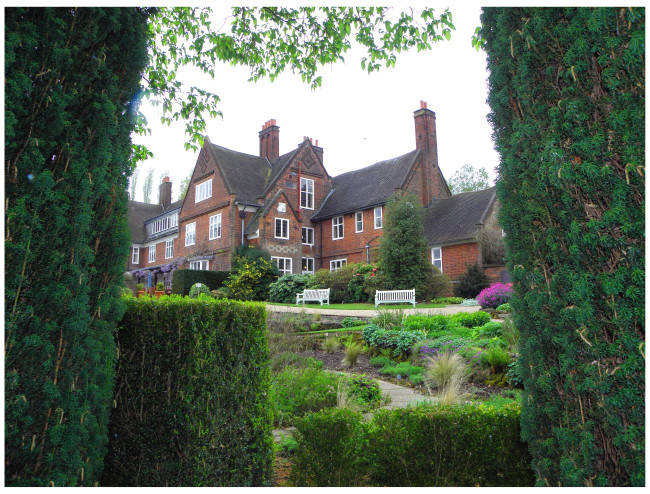
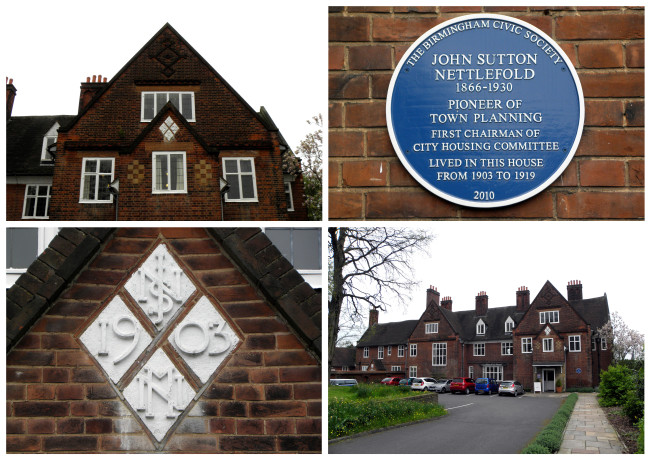
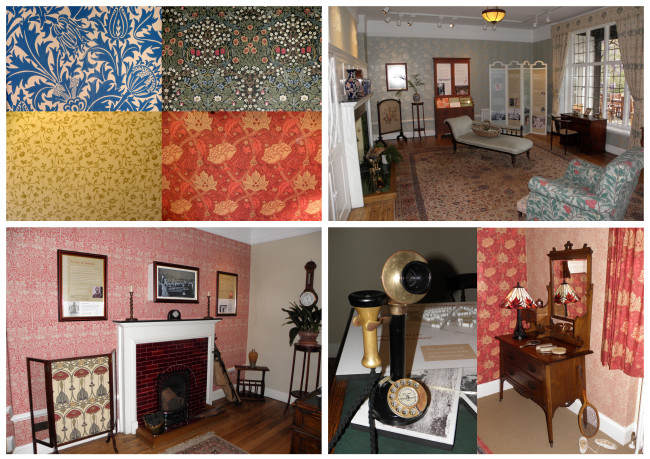
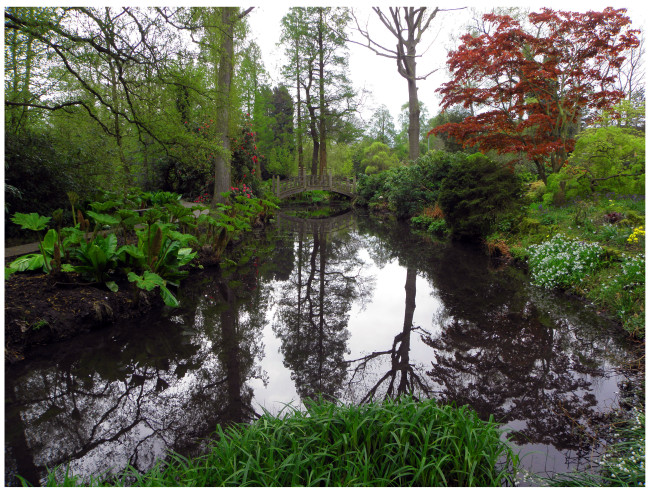
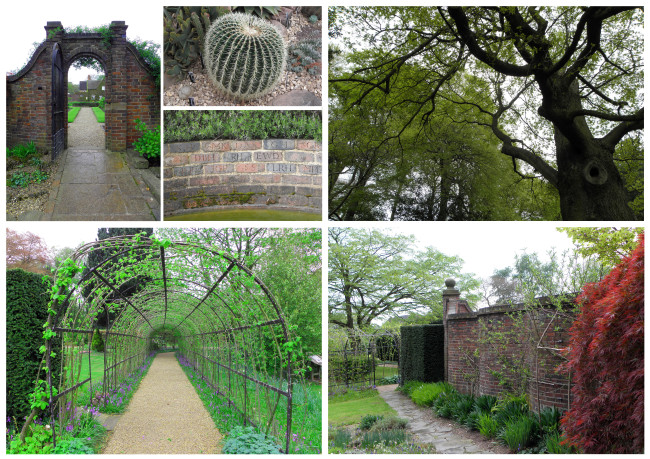
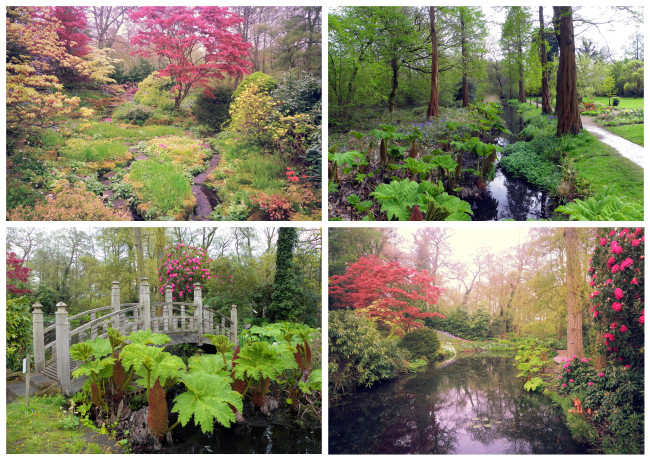
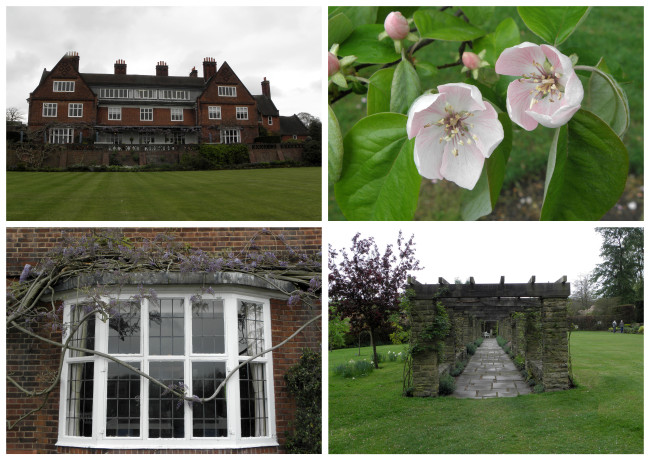

So glad everyone enjoyed it. Thanks for the shout out.
Lovely photos. Sounds like a great day out in Birmingham.